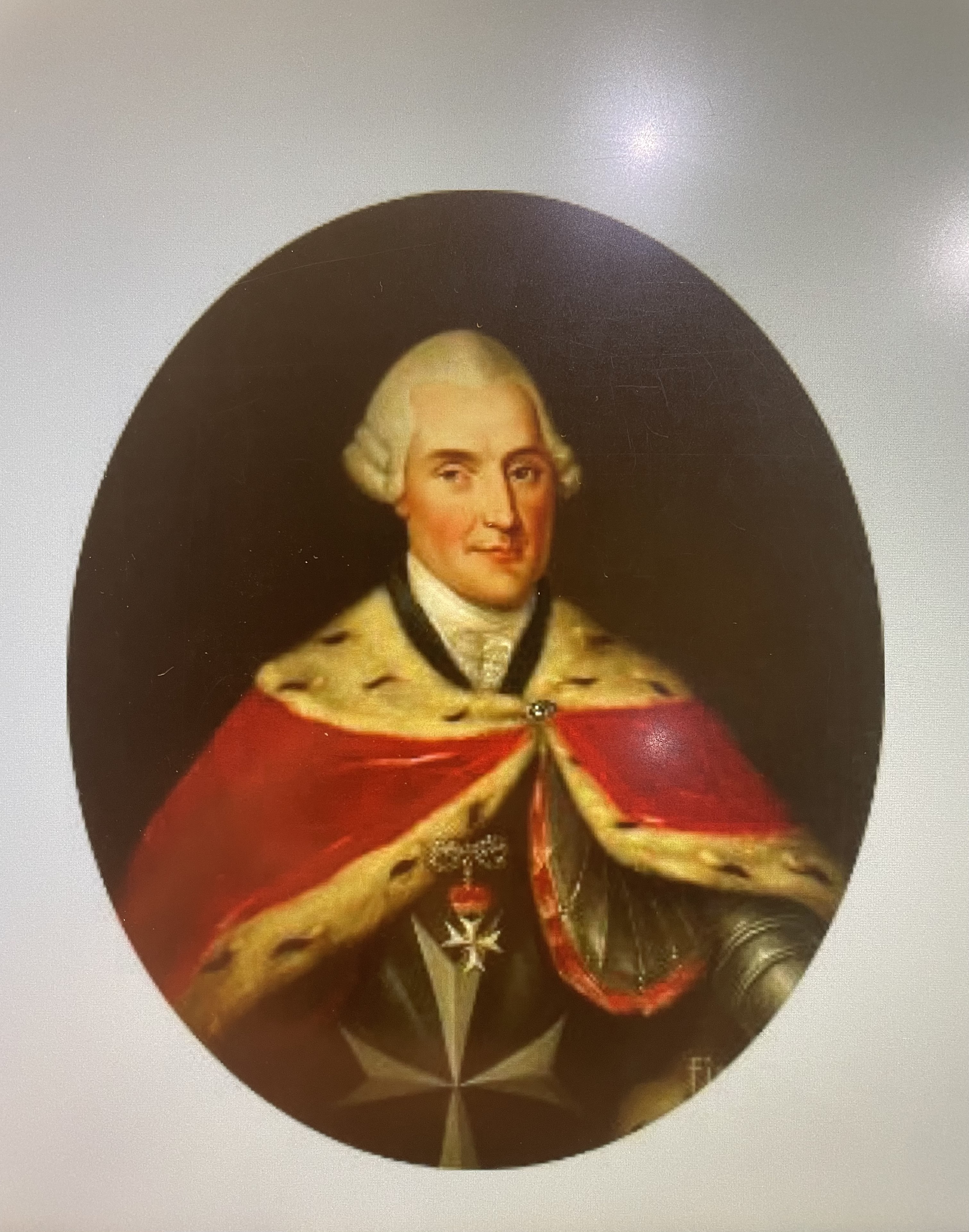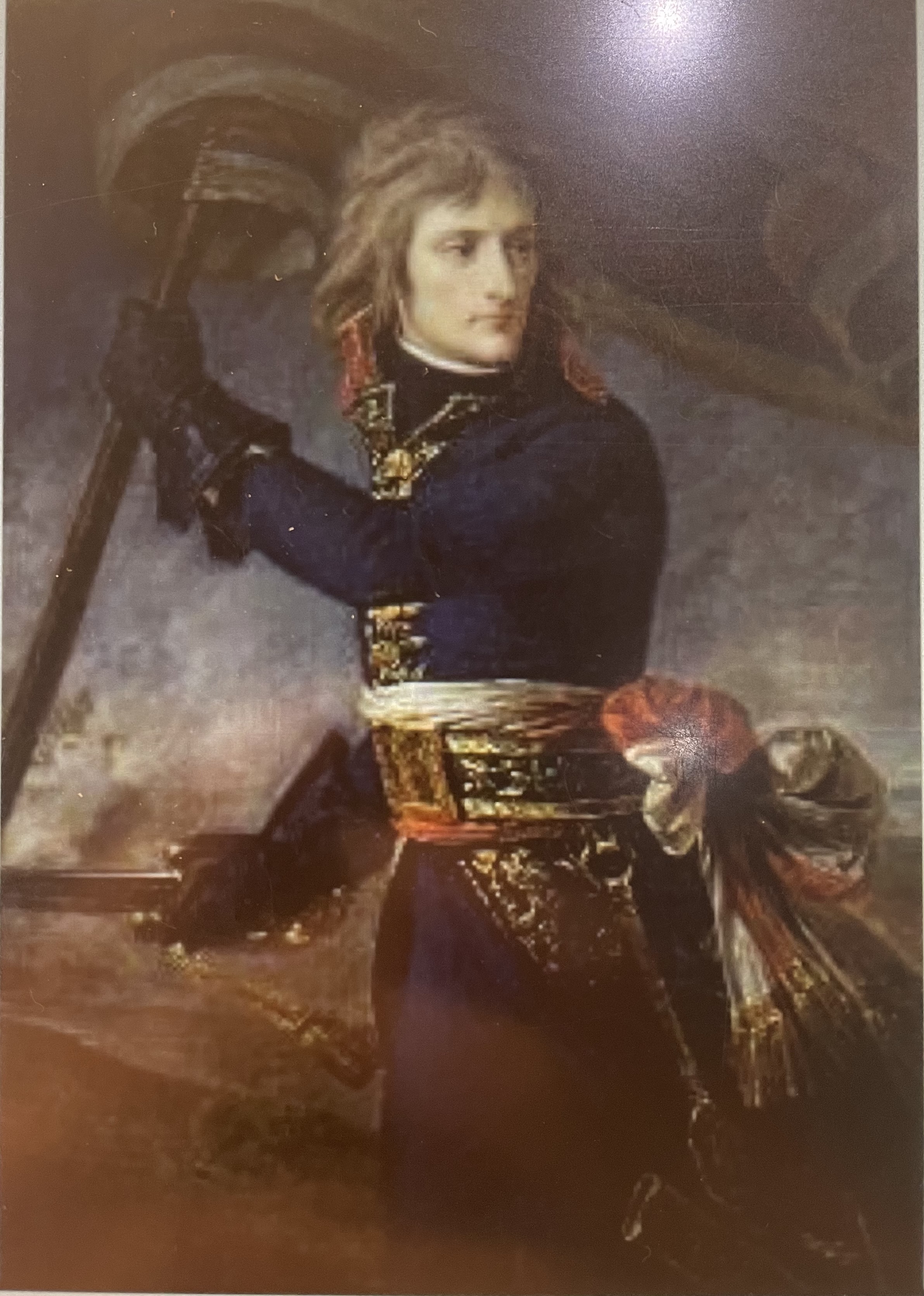PART 4: The Effects of the French Revolution
1/10
There's no tags or description
Looks like no tags are added yet.
Name | Mastery | Learn | Test | Matching | Spaced |
|---|
No study sessions yet.
11 Terms
What good came from the French Revolution?
All French people were treated equally and given the same rights by law
Taxes in France were collected in a fairer way, with all the French people paying taxes according to how much they earned
Education was extended to everyone and not only those who could afford to pay for their children’s education
The Catholic Church of France lost much of the power it had before the Revolution and most of its riches were confiscated and used to help the poorest members of French society
Did the French Revolution affect the Order of St. John positively or negatively
Negativity
Why did the French Revolution affect the Order of St. John negatively?
The Order was very connected to the ancient regime in France, where kings and nobles had more power, and nobles and clergy had more privileges
Many of the Knights were French (3/8 of the Langues are French: France, Auvergne, Aragon) with the result that some of the younger Knights sympathized with the idea of the Revolution (loss of members)
The Order supported the Kings escape in 1791, and criticized the Revolution when the king was beheaded, and because of this, the Order became seen as the enemy of the Revolution
The Order had its largest share of foreign lands in France and with the abolition of the monarchy in 1792, these lands were confiscated by the French Republic (since the Order was seen as an enemy:no3) and therefore, the Order lost 20% of its annual revenue
How did the principles of the French Revolution bring about change in Malta?
When Napoleon took control of Malta in 1793, he brought with him the French revolutionary ideas
These ideas are known as Napoleons reforms in Malta. Under which 4 main headings of these reforms fall under
Political and Administrative Reforms
Social Change
Educational Change
Changes in Church-State relations
Explain the Political and Administrative Reforms
The Orders property was taken over by the French government
A new government was set up in Malta, made up of both French and Maltese people
Malta was divided into 12 municipalities (like local districts) → each managing its own area
Explain the Social Reforms
Everyone was now equal under the law
Aristocratic (noble) titles (e.g. “Sir” or “Count”) and slavery were abolished
People were allowed freedom of the press and freedom of conscience
Political prisoners were set free
Explain the Educational Reforms
Primary schools were opened in towns and villages
60 students from well-off families were sent to study in France
The old University in Malta was as replaced by a new École Polytechnique (more focused on science + technology)
Explain the Reforms of Church-state relations
The Church’s power was reduced (religious groups were only allowed to keep 1 convent)
The Inquisition was closed and the Inquisitor had to leave Malta
Court cases could no longer be appealed to Rome - decisions had to stay in Malta

Who is this?
Grandmaster Hompesch → the grandmaster during when Napoleon took control of Malta

Who is this
General (at the time) Napoleon Bonaparte at the time of the invasion of Malta